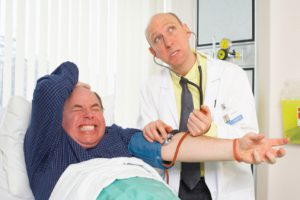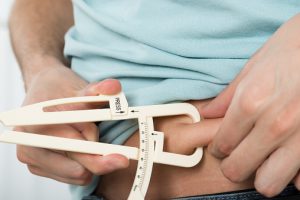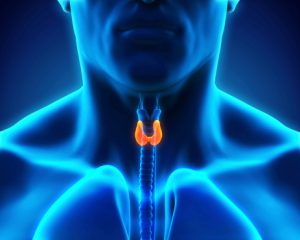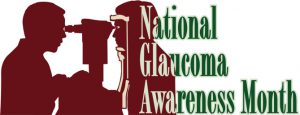Chronic obstructive pulmonary disease (COPD) is a general term that describes progressive respiratory diseases including emphysema and chronic bronchitis. COPD is characterized by decreased airflow over time and increased inflammation of the lungs.
A decrease in airflow often results in shortness of breath, which at times makes performing minimal physical activities difficult. One of the most recommended forms of treatments used to improve this issue is pulmonary rehabilitation for COPD. A respiratory therapist can assess the severity of a patient’s condition before enrollment into a program by administering tests such as a pulmonary function test.
This form of treatment involves a series of exercises that teaches people breathing techniques that help them build physical fitness and lung strength.
Most pulmonary rehab programs include:
- Exercise-This is one of the key components in pulmonary rehab. Patients are required to do a series of physical activities such as:
- Exercises to strengthen and improve breathing muscles
- Upper body exercises
- Lower body exercises
- Strength training
- Smoking cessation- In order to improve quality of life and lung function, smoking cessation is often a goal or prerequisite in pulmonary rehab. Quitting is the most important thing a smoker can do to slow the progression of COPD.
- Education-Programs offer education in either a group setting or on an individual basis. Education sessions are designed to teach people ways to manage their COPD or include lessons on understanding medication as well as using oxygen therapy.
Patients who participate in pulmonary rehab programs gain several benefits. Most see significant improvement in their breathing. It is suggested that participants continue the exercises even after completing a program by incorporating them into their daily life. Those who do not may experience a decline in its benefits
All content of this newsletter is intended for general information purposes only and is not intended or implied to be a substitute for professional medical advice, diagnosis or treatment. Please consult a medical professional before adopting any of the suggestions on this page. You must never disregard professional medical advice or delay seeking medical treatment based upon any content of this newsletter. PROMPTLY CONSULT YOUR PHYSICIAN OR CALL 911 IF YOU BELIEVE YOU HAVE A MEDICAL EMERGENCY.









